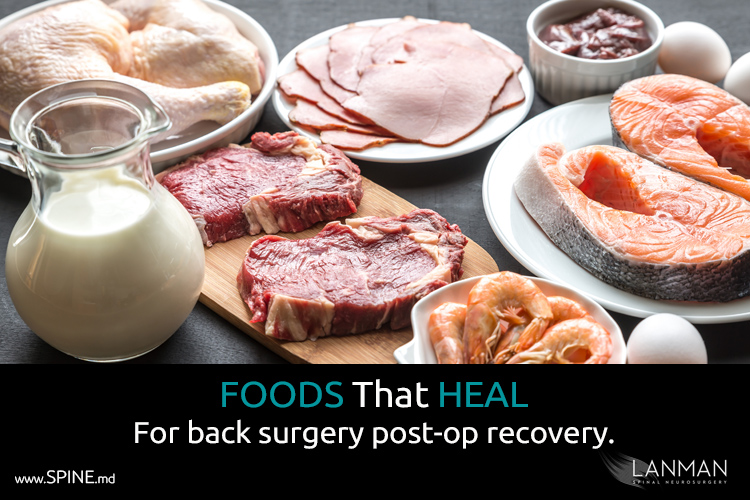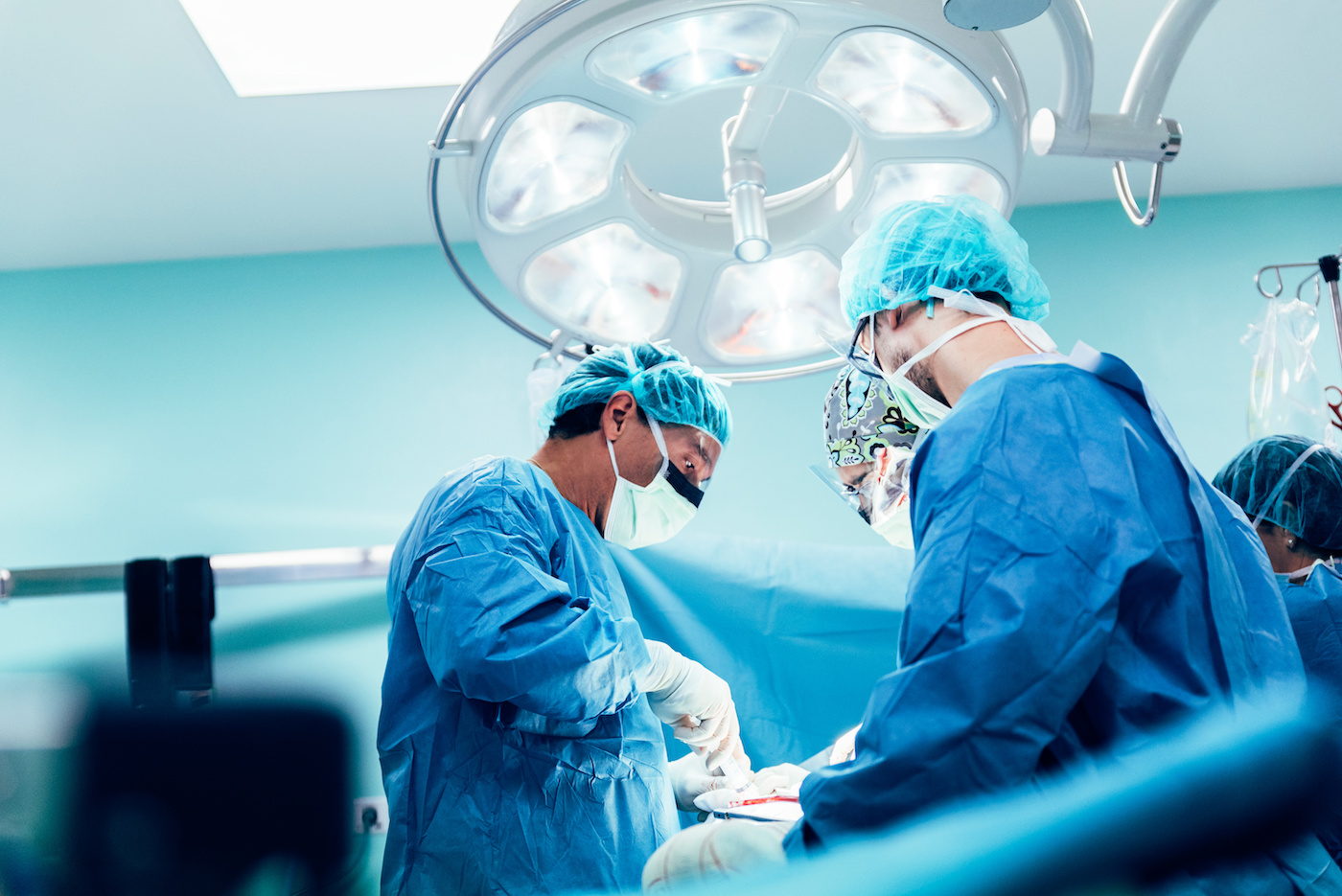How to tell the difference between the pain you fight and the pain that means a call to the doctor.
Your body produces all kinds of signals, but pain is one that often means something is wrong. Pain, when taken together with other symptoms, is like the warning lights on the dashboard of a car. It’s there to get you to pay closer attention to your body.
I have a problem with the way some of us are taught to deal with pain. Far too many people – especially men – are ready to discount every ache and all pain as an inconvenience. Too many of them encourage themselves and each other to “fight through the pain” as though there was a physical barrier to conquer.
I am not advocating that you run to your doctor for every ache. However, it is essential to distinguish what ‘kinds’ of pain should rise to a level of watchful concern. That’s why a little athletic experience can help us tell the difference.
My example is a bit extreme: a friend who is an athlete that trains for triathlons. If you’ve ever watched one, the workouts are grueling. These are multisport races that usually feature swimming, cycling, and running at different lengths. Most of us have heard of the “standard” triathlon: swim about a mile, then ride a bike 25 miles, and finish up with six miles of running. Ironman triathlons cover enormous distances with a two-mile swim, a 100-mile ride, followed by a 25-mile run. As I said, grueling.
My friend experiences all kinds of pain during his workouts and after a competition. But he has proven that he knows which ones to worry about. During good workouts and any athletic competition (doesn’t have to be a triathlon), natural muscle metabolism will produce lactic acid. Accumulation of lactic acid will irritate muscles and trigger aches. Some athletes may call it, “a good pain” because it is an indication that the workout was productive. The cure: drink lots of water. Depending on the level of activity, up to 20 ounces or more.
People new to workouts may sense this pain and not really understand the mechanisms that are involved. If the exercise is intense (30 minutes on the stair climber on your first day, for instance), you may feel weakness in the affected muscles and even find it difficult to walk. Again, nothing to worry about. The ache is the result of microscopic muscle damage, which will heal in about 2-3 days.
This is why fitness coaches recommend ‘easing’ into a program more than trying to take on a triathlon on the first day. Nevertheless, this kind of pain we can work through. There’s no clinical evidence of any benefit from backing off from exercises when you feel this kind of pain. You may want to ease off on the stair climber for a week, but otherwise, you’re still good to go. Just remember to drink plenty of water before, during, and after your exercise session.
Back to our triathlete, pain is his world. He’s continually working himself to the edge with long swims. As part of his workouts, he regularly goes on “century rides” (that’s 100 miles on a bike). He runs in the LA Marathon for the same reason. And you can be sure that he’s aware of every sinew, every strand of muscle and how he can coax the last ounce of endurance he has left in his body.
All was great until one day, last year, he felt pain at the shoulder level that started during a long bike ride and stayed with him. Long after the ride, about perhaps a week or so later, he felt a tingling sensation below his right elbow. A week later, he developed slight numbness in his right thumb and more tingling above the elbow. That’s when he called me. He didn’t try to ‘work out the ache’ or attempt homeopathic healing. The signal was clear: pain, plus tingling, plus numbness, equals ‘call the doctor’.
I examined my friend at my spinal disorders practice in Beverly Hills, CA. An MRI scan revealed radiculopathy from a substantially herniated cervical disc at C6-7 and a degenerating disc at C5-6. We discussed conservative therapies and other options, then decided that he was best served with artificial disc replacement for both. Some reading this post may wonder why we didn’t engage conservative therapies. As a neurosurgeon with nearly 30 years of experience in treating spinal disorders of this type, I considered it. However, I found that for this patient ADR surgery was the better course after bearing in mind his physical condition, the suddenness of the case, and the risk that protracted alternative therapies may result in harm (nerve loss, loss of motion, further weakening).
Weeks after surgery, my friend eased back into his regular workouts. He was back on a full schedule within three months and competed in the San Diego Triathlon Challenge about four months later. Full motion was restored, and the specter of ‘unusual pain’ was heeded and abated. All was possible because my friend was aware of his body, paid attention to the symptoms, and sought help when it was clear there was a problem.
If ever you feel ‘unusual pain’ but are uncertain to the cause, please do call me. An early call is the best solution for an early and healthy recovery. That’s how we can work together to preserve motion and maintain active functional lifestyles.







